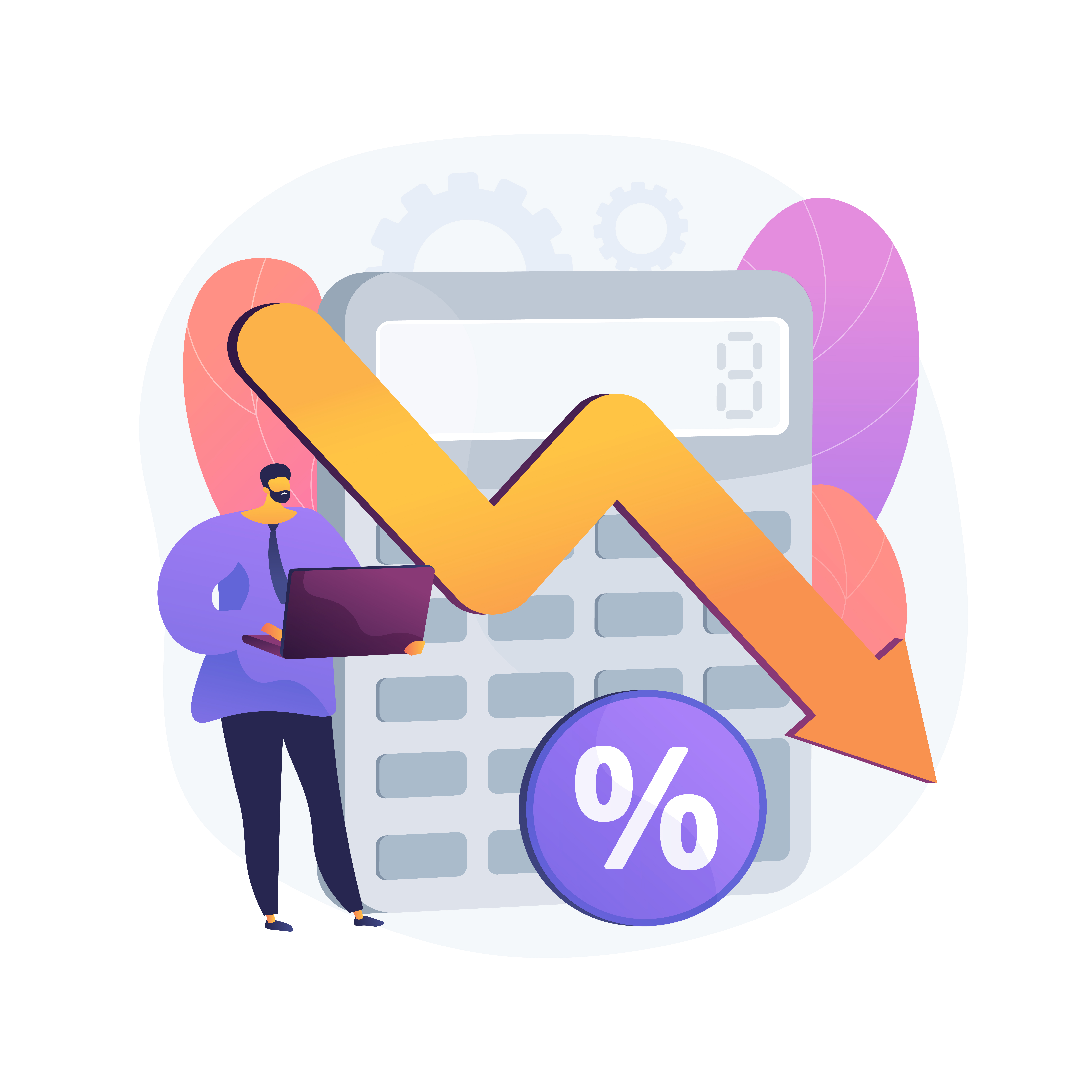As the world spins increasingly on the axis of digital interaction, the domain of personal finance is no exception. The allure of online loans is undeniable – they promise quick, convenient, and often lower-rate options compared to traditional bank loans. Yet, this convenience raises a paramount question: Are online loans safe?
The Digital Promise: Convenience Meets Risk
Online lending platforms boast a streamlined application process, rapid decision making, and speedy fund disbursement. However, the digital landscape is also fraught with cybersecurity threats. The safety of online loans hinges on a multitude of factors, from the legitimacy of the lender to the security protocols in place.
Recognizing the Legitimate from the Fraudulent
Not all online lenders are created equal. Legitimate lenders invest in robust encryption technology and operate under financial regulations designed to protect consumers. They are typically upfront about fees and rates and offer transparency throughout the loan process. On the flip side, fraudulent operators often deploy aggressive marketing tactics, obscure the full cost of the loan, or, worse, phish for personal information under the guise of the loan application process.
Encryption: The Digital Safe
One hallmark of a secure online loan platform is the use of strong encryption. Just as a vault protects valuables, encryption safeguards sensitive personal information transmitted during the loan application process. Secure Socket Layer (SSL) encryption is a standard security technology for establishing an encrypted link between a web server and a browser, ensuring that all data passed between them remains private.
Regulatory Compliance: The Safety Seal
Another indicator of a safe online loan provider is adherence to regulations. In the United States, this includes compliance with the Truth in Lending Act (TILA), which requires lenders to disclose the cost of the loan, and the Fair Credit Reporting Act (FCRA), which governs the collection and use of credit information. Compliance with such regulations is a good sign that the lender is serious about protecting its borrowers.
Reviews and Reputation: The Wisdom of the Crowd
Researching lender reviews can provide valuable insights into their reliability and the safety of their loans. Platforms like the Better Business Bureau (BBB), Trustpilot, and Consumer Reports can be resources for gauging the credibility of a lender. A strong, positive online presence with transparent customer feedback mechanisms usually reflects a lender’s commitment to best practices and customer security.
Data Privacy: Your Information on Lockdown
Safe online loan platforms do not just protect your data during transmission; they also ensure its privacy and security in storage. Look for privacy policies that detail how your information is used, who it is shared with, and measures taken to protect it. A clear, straightforward privacy policy is a testament to the lender’s commitment to data security.
Scam Alerts: Red Flags to Watch For
To safeguard against scams, be wary of lenders who guarantee approval regardless of credit history, do not require a credit check, or ask for upfront fees paid via prepaid cards or wire transfers. Additionally, unsolicited loan offers via email or phone can be suspect. If a deal seems too good to be true, it likely is.
User Vigilance: The First Line of Defense
While lenders bear the responsibility of securing their platforms, borrowers must also exercise caution. This includes safeguarding personal information, verifying the lender’s credentials, and ensuring that all loan agreements are understood and documented. Vigilance also extends to regularly checking credit reports for any unauthorized inquiries or activities following an online loan application.
Mobile Loan Apps: The Convenience Conundrum
The rise of mobile loan applications has made accessing loans as simple as a few taps on a smartphone. However, app security is critical. Ensure that any loan application done via mobile is through an official app with positive reviews on trusted platforms such as Google Play or the Apple App Store. Be mindful of the permissions the app requests and the security of the network you’re using when you apply.
Cyber Insurance: A Lender’s Safety Net
A forward-thinking lender often takes the extra step of acquiring cyber insurance. This type of insurance policy is designed to help an organization mitigate risk exposure by offsetting costs involved with recovery from a cyber-related security breach or similar events. Lenders with cyber insurance demonstrate a level of preparedness and responsibility for potential digital threats.
Final Thoughts: The Safety Spectrum of Online Loans
Are online loans safe? The answer is not a simple yes or no but lies along a spectrum of safety determined by a variety of factors. As the financial world continues to evolve, so too do the measures necessary to secure it. For every risk presented by the digital lending revolution, there are robust security measures and informed behaviors that can mitigate those risks.
Ultimately, the safety of online loans depends on the due diligence of both the lender and borrower. With informed decisions, a cautious approach, and a clear understanding of the digital terrain, navigating the world of online loans can be a secure and rewarding journey toward financial empowerment.
Before you click ‘apply’, remember that the key to safeguarding your financial future online lies in your hands. Research diligently, choose wisely, and tread the digital loan landscape with an eye for detail and a mind attuned to security.



